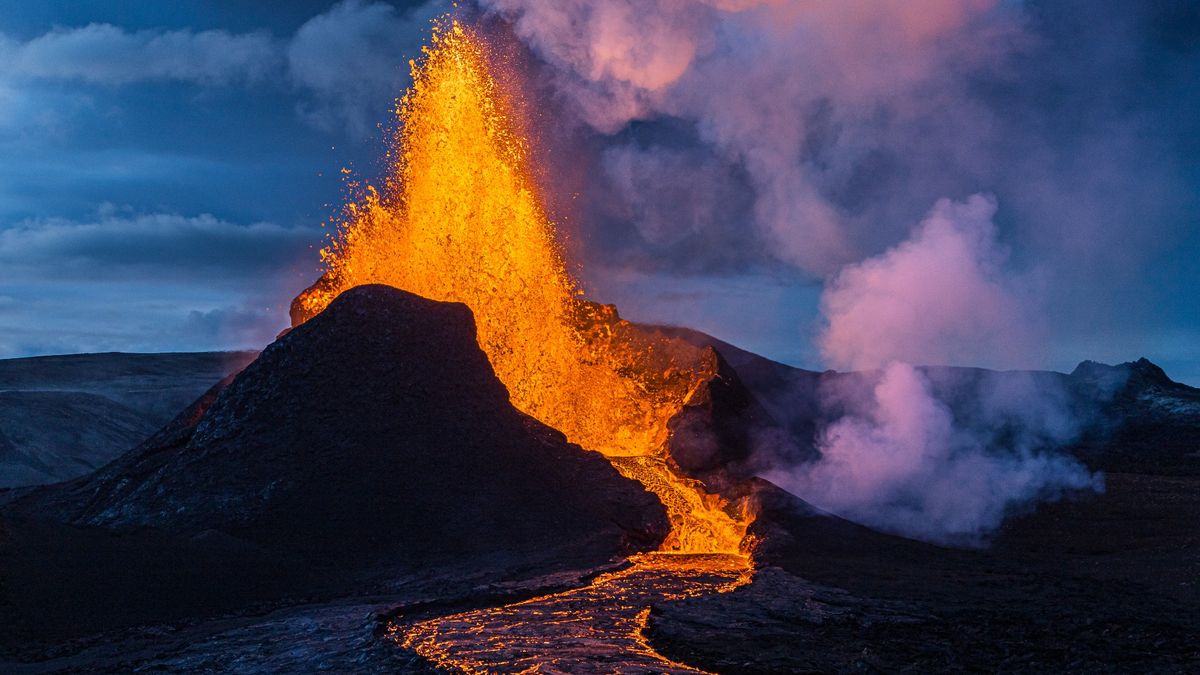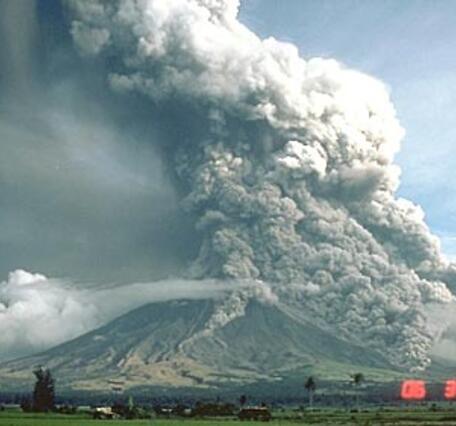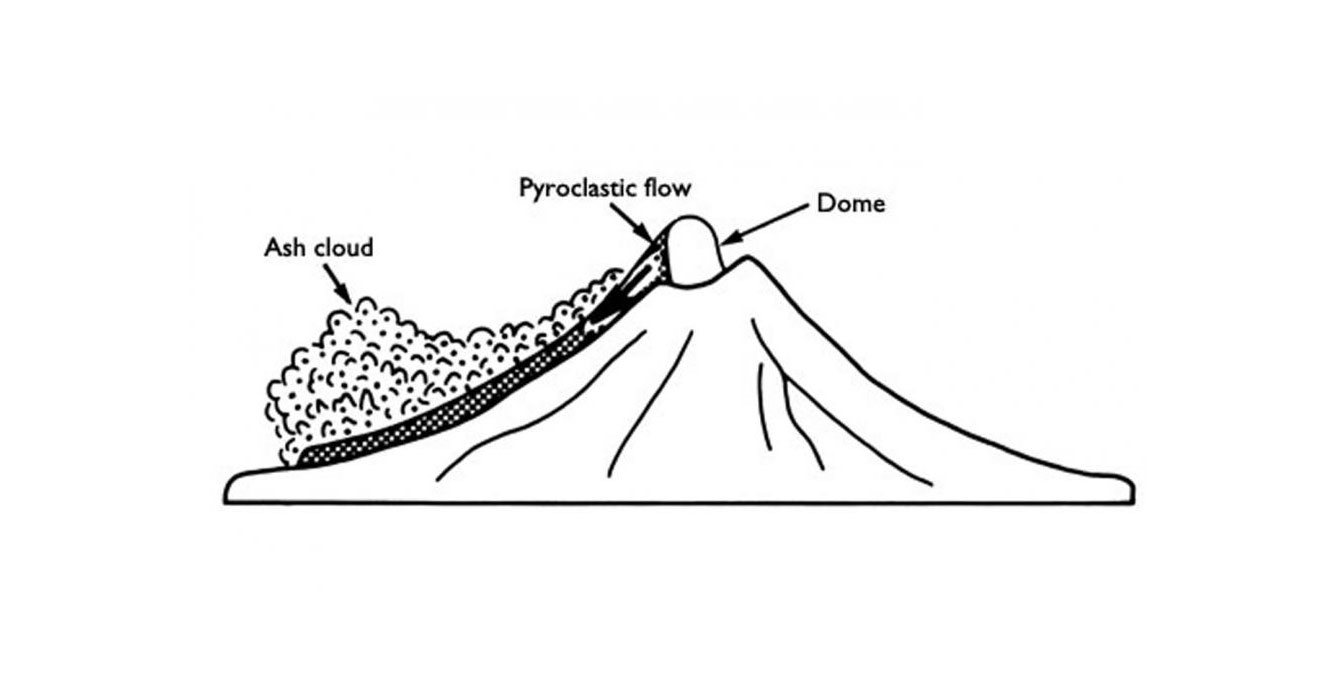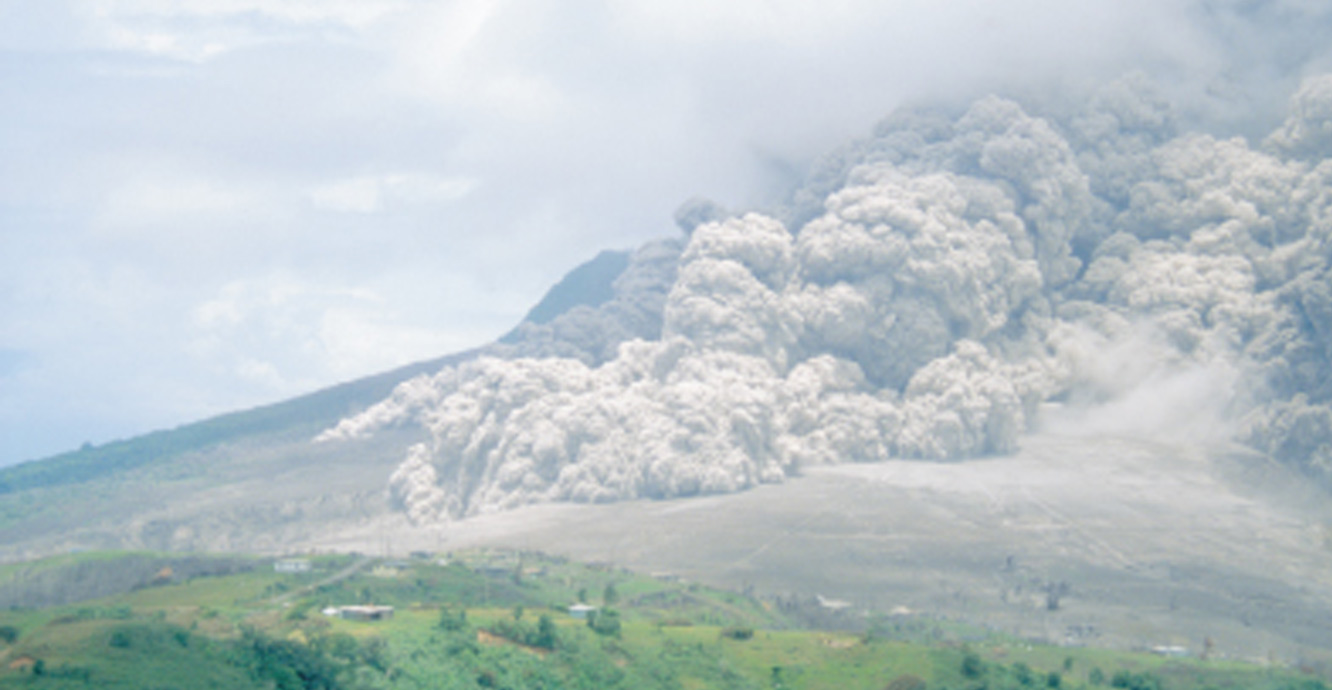What Best Describes a Pyroclastic Flow
The greatest danger from pyroclastic flows is ________. A being buried in ash.

Unit 3 Volcanoes Volcano Fourth Grade Science Middle School Resources
Donald Swans 9 Different processes produce magma in different tectonic settings.

. Which of the following describes a pyroclastic flow. It occurs as part of certain volcanic eruptions. B not significant because they move so slowly they can be avoided.
You can recall this term by. Find out what they are. D being smothered by hot gases and ash.
An aa flow a pahoehoe flow or a pyroclastic flow. It is an opening in the earths crust where lava pyroclastics and gases are emitted. What term best describes this type of flow.
A pyroclastic flow is a dense fast-moving flow of solidified lava pieces volcanic ash and hot gases. A mudflow made of volcanic ash. Pyroclastic flows are also extremely hot maintaining temperatures as high as 1300 degrees Fahrenheit so they can turn snow and ice into hot mud and ignite fires as they travel the USGS also.
Which of the following statements best describes a voicanor A. A pyroclastic flow also known as a pyroclastic density current or a pyroclastic cloud1 is a fast-moving current of hot gas and volcanic matter collectively known as tephra that flows along the ground away from a volcano at average speeds of 100 kmh 62 mph but is capable of reaching speeds up to 700 kmh 430 mph. Consider magma bodies found at locations A B and C in the accom- panying.
A pyroclastic flow is a hot typically 800 C or 1500 F chaotic mixture of rock fragments gas and ash that travels rapidly tens of meters per second away from a volcanic vent or collapsing flow front. Large masses of solid land that collapse following an earthquake. Pyroclastic flows are very fast and so hot in case of an eruption I could be easily knocked down shattered buried or burned by the flow.
Too dense to be supported by air. An aa flow a pahoehoe flow or a pyroclastic flow. It is extremely dangerous to any living thing in its path.
The accompanying image shows a geologist at the end of an unconsolidated flow consisting of lightweight lava blocks that rapidly descended the flank of Mount St. This most closely describes a pyroclastic flow which is a different phenomenon. Depending on the volume of material proportion of solids to gas temperature and slope gradient the flows can travel at velocities as great as 450 miles an hour.
It rushes down ones legs and spreads out on the floor in a shock wave. It is extremely dangerous to any living thing in its path. They may result from the explosive eruption of molten or solid rock fragments or both.
A pyroclastic flow is extremely hot burning anything in its path. It is a fast moving jet of particles of varying size and superheated gas. No lava flow can travel at 100 mph.
These flows destroy the pack in seconds for humans its more dangerous as we are more vulnerable and more susceptible to heat. A hot cloud of ash and gas that hugs the ground. The temperature of the volcanic gases can reach about 600 to 700 C 1100 to 1300 F.
It behaves like a fluid. What term best describes this type of flow. Asked Sep 19 2016 in Environmental Atmospheric Sciences by Sonrisa.
What lightweight vesicular igneous rock type is likely the main constituent of this flow. Pyroclastic flows can be extremely destructive and deadly because of their high temperature and mobility. Pyroclastic flows which consist of basaltic lava infused with incandescent ash and lava fragments can reach many miles away from their sources because they are nearly frictionless and are driven by gravity.
This film has been produced through the VolFilm Partnership. Pyroclastic flows are high-density mixtures of hot dry rock fragments and hot gases that move away from the vent that erupted them at high speeds. Pyroclastic flow in a volcanic eruption a fluidized mixture of hot rock fragments hot gases and entrapped air that moves at high speed in thick gray-to-black turbulent clouds that hug the ground.
A pyroclastic flow is a dense fast-moving flow of solidified lava pieces volcanic ash and hot gases. A pressure wave created by a lateral blast. C being incinerated by the hot gas and entrained magma.
Pyroclastic flows can be extremely destructive and deadly because of their high temperature and mobility. It describes the hazard that volcanoes generate called pyroclastic flows. A pyroclastic flow is a dense collection of fragments and gases from a volcanic eruption that flows down the slope of a volcano.
It is an opening in the earths crust where lava pyroclastics and gases are emitted. A pyroclastic flow is a hot typically 800 C or 1500 F chaotic mixture of rock fragments gas and ash that travels rapidly tens of meters per second away from a volcanic vent or collapsing flow front. Pyroclastic flows--sometimes called nuees ardentes French for glowing clouds--are hot often incandescent mixtures of volcanic fragments and gases that sweep along close to the ground.
It is extremely dangerous to any living thing in its path. A pyroclastic flow is a dense fast-moving flow of solidified lava pieces volcanic ash and hot gases. A Pyroclastic Fart is characterised by several key factors.

How Dangerous Are Pyroclastic Flows U S Geological Survey

Volcanic Hazards British Geological Survey
How Volcanoes Work Pyroclastic Flows

Volcano Facts And Types Of Volcanoes Live Science
How Volcanoes Work Pyroclastic Flows

Ch 5 Visual Quiz Flashcards Quizlet

The Most Interesting Science News Articles Of The Week San Andreas Fault Volcano Science And Nature

Pyroclastic Flow Definition Examples Facts Britannica
How Volcanoes Work Pyroclastic Flows

Volcanic Hazards British Geological Survey

Philippines Volcano Pictures Volcano Photos Nature

Pyroclastic Flow Definition Examples Facts Britannica

Volcanic Hazards British Geological Survey

Volcano Enchantedlearning Com Earth Science Volcano Volcano Projects


Comments
Post a Comment